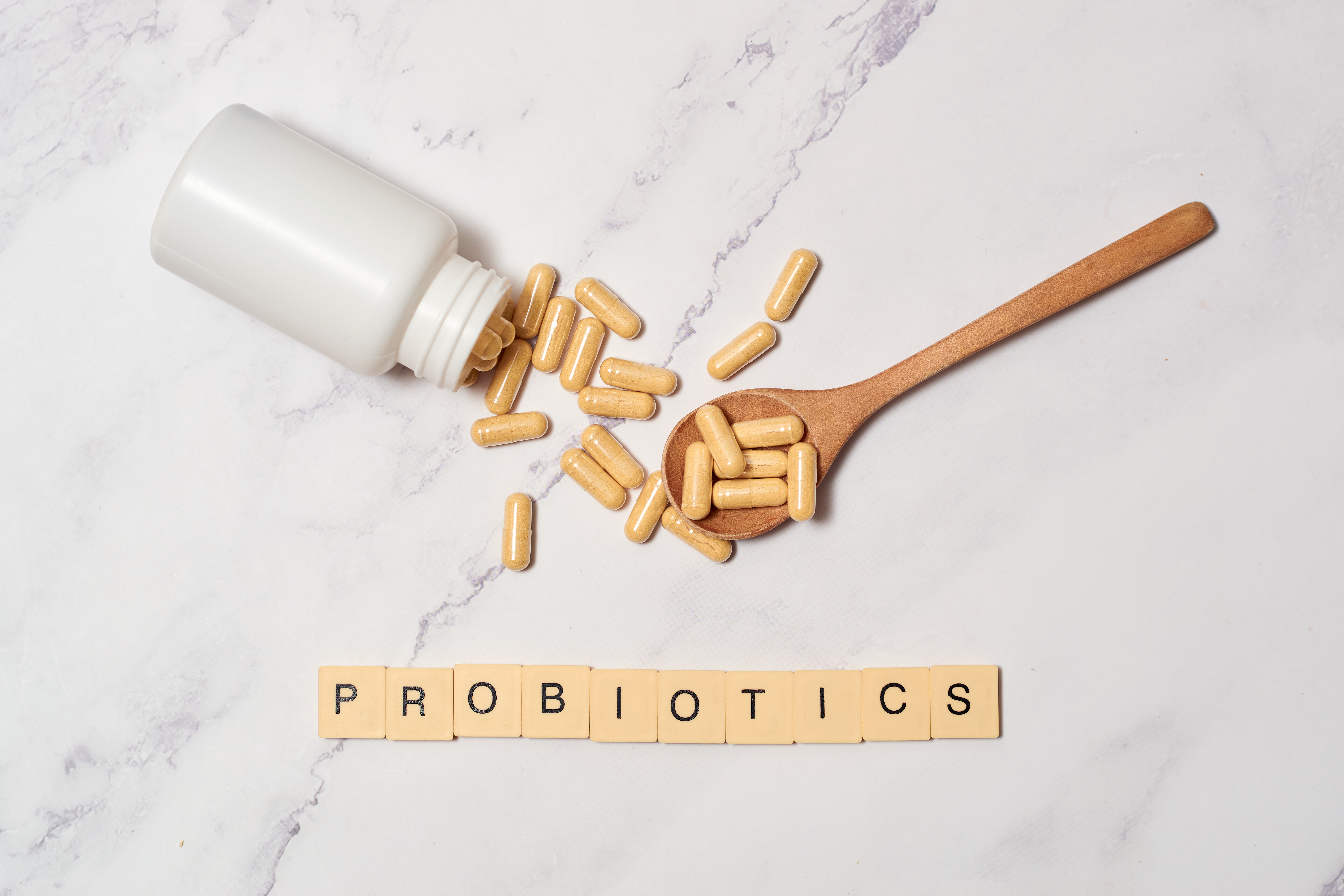10 Simple Strategies for a Quiet Digestive System: How To Prevent Flatulence
Strategy 3: Optimize Gut Health with Probiotics

Probiotics are live microorganisms that confer health benefits when consumed in adequate amounts. They play a vital role in maintaining a healthy gut microbiome, which is essential for optimal digestion and reduced flatulence. Probiotics help balance the gut flora, promoting the growth of beneficial bacteria while inhibiting harmful ones. This balance is crucial for efficient digestion and minimizing gas production. Fermented foods, such as yogurt, kefir, sauerkraut, and kimchi, are rich sources of probiotics. Incorporating these foods into your diet can improve gut health and reduce flatulence. Additionally, probiotic supplements are available for those who may not consume enough fermented foods. When choosing a supplement, look for one with a diverse range of strains and a high colony-forming unit (CFU) count to ensure effectiveness.
Research suggests that specific probiotic strains, such as Bifidobacterium and Lactobacillus, are particularly effective in reducing flatulence. These strains aid in the digestion of complex carbohydrates and fibers, reducing the amount of gas produced during fermentation. By optimizing gut health with probiotics, you can enhance your digestive system's efficiency and minimize flatulence, contributing to a quieter digestive system.
Strategy 4: Stay Hydrated for Digestive Efficiency

Adequate hydration is crucial for maintaining a quiet digestive system. Water aids in the digestion and absorption of nutrients, preventing constipation and reducing the risk of gas buildup. When the body is dehydrated, the digestive system slows down, leading to inefficient digestion and increased flatulence. Ensuring you drink enough water throughout the day supports optimal digestive function and minimizes gas production. In addition to water, herbal teas can be beneficial for digestion. Peppermint tea, in particular, has antispasmodic properties that relax the digestive tract, reducing bloating and flatulence. Ginger tea is another excellent option, as it aids in digestion and reduces inflammation in the gut. Incorporating these teas into your daily routine can enhance hydration and support digestive health, contributing to a quieter digestive system.
It's important to note that while staying hydrated is essential, carbonated beverages should be avoided. The carbonation in these drinks introduces excess gas into the digestive system, exacerbating flatulence. Opt for still water and herbal teas instead to support hydration without contributing to gas production. By prioritizing hydration, you promote digestive efficiency and minimize flatulence, enhancing overall comfort and well-being.
